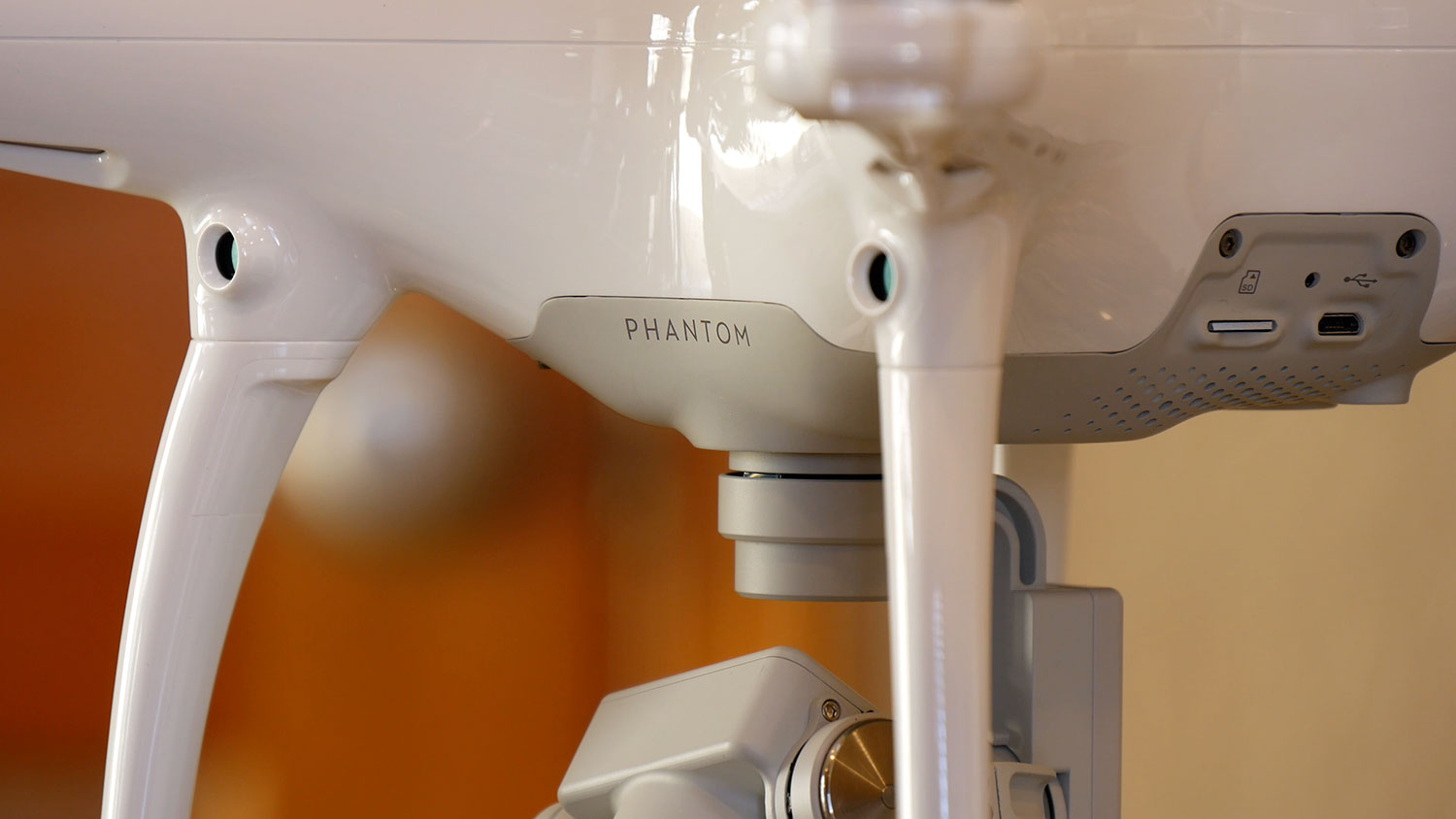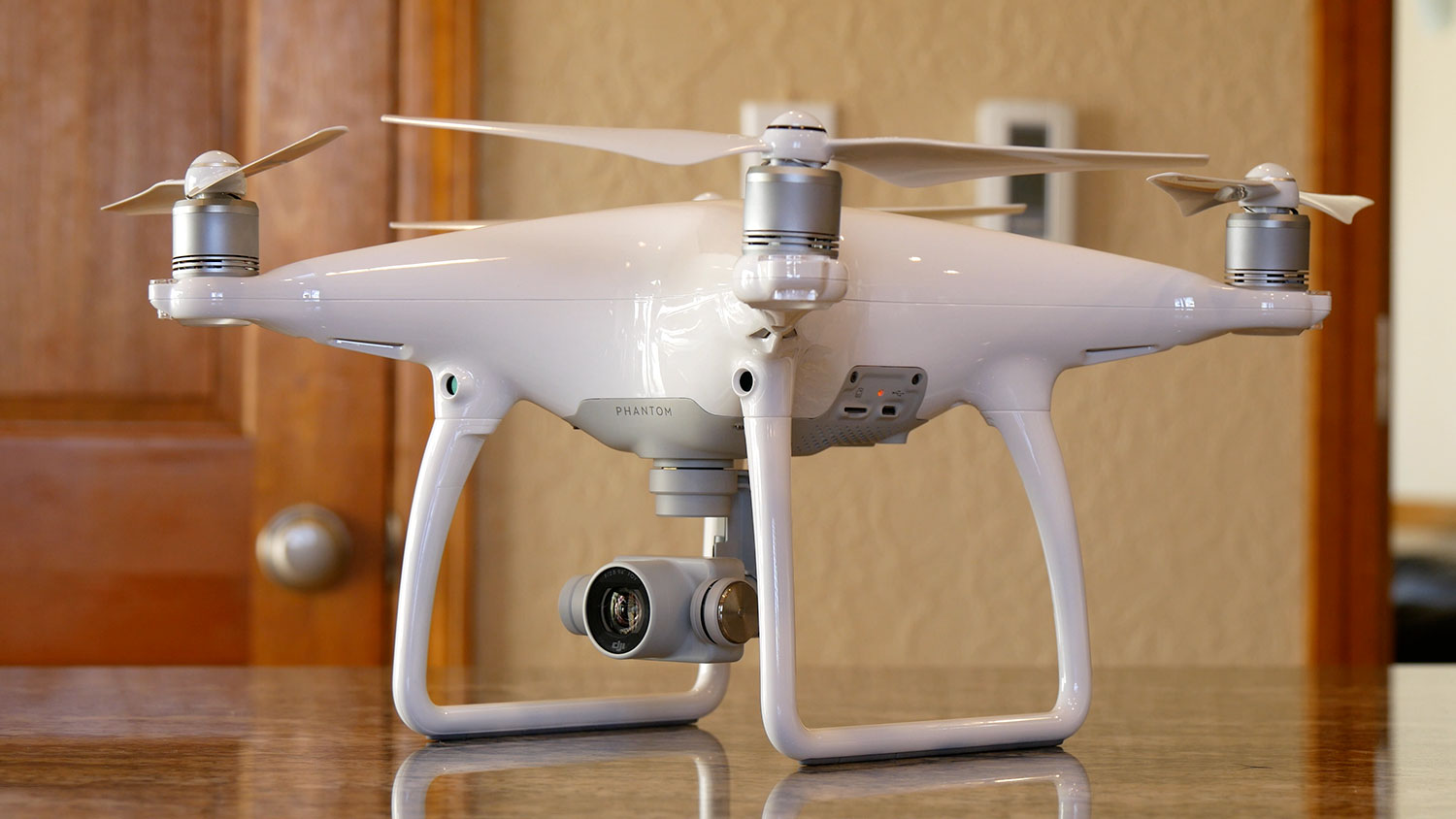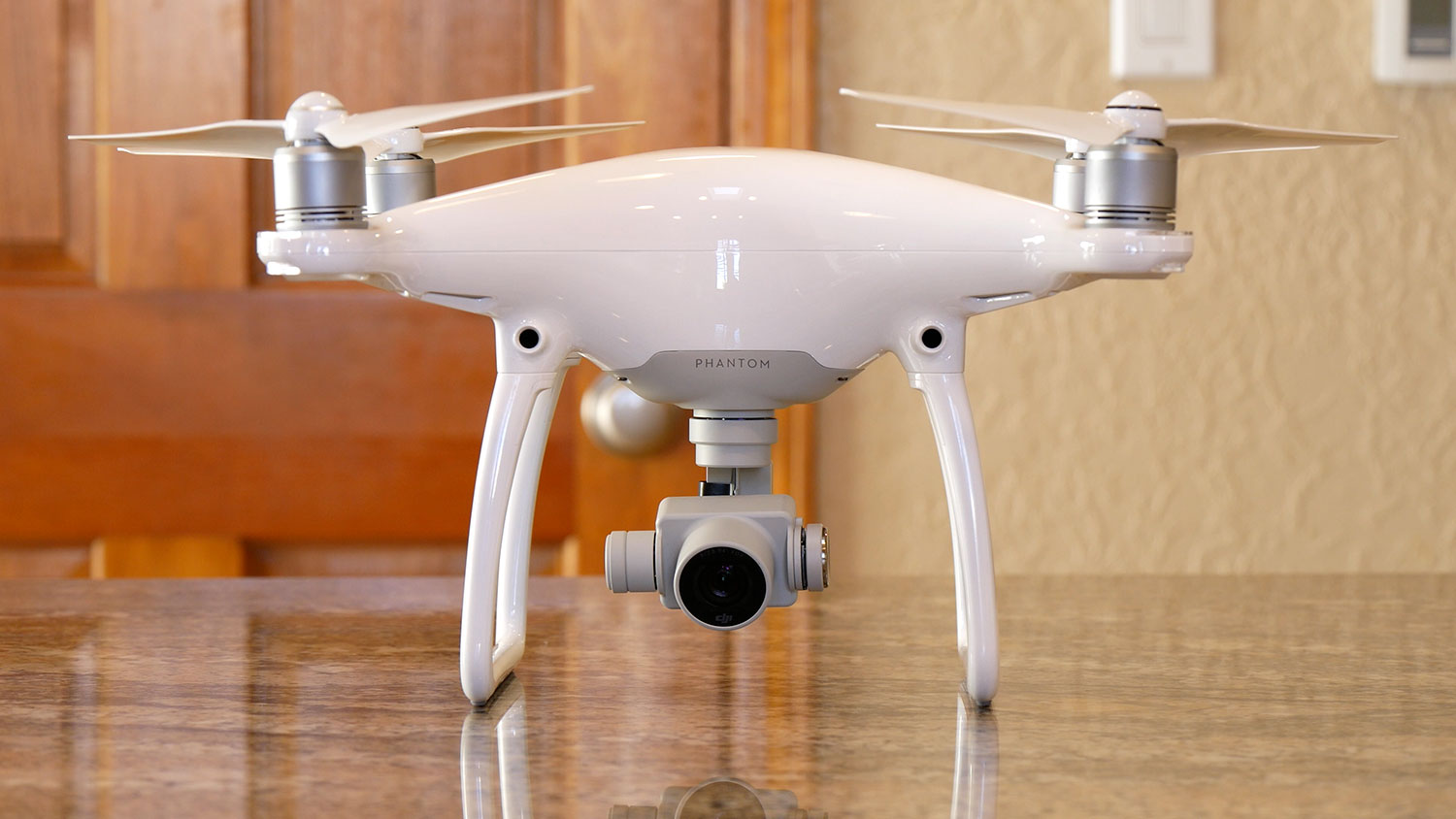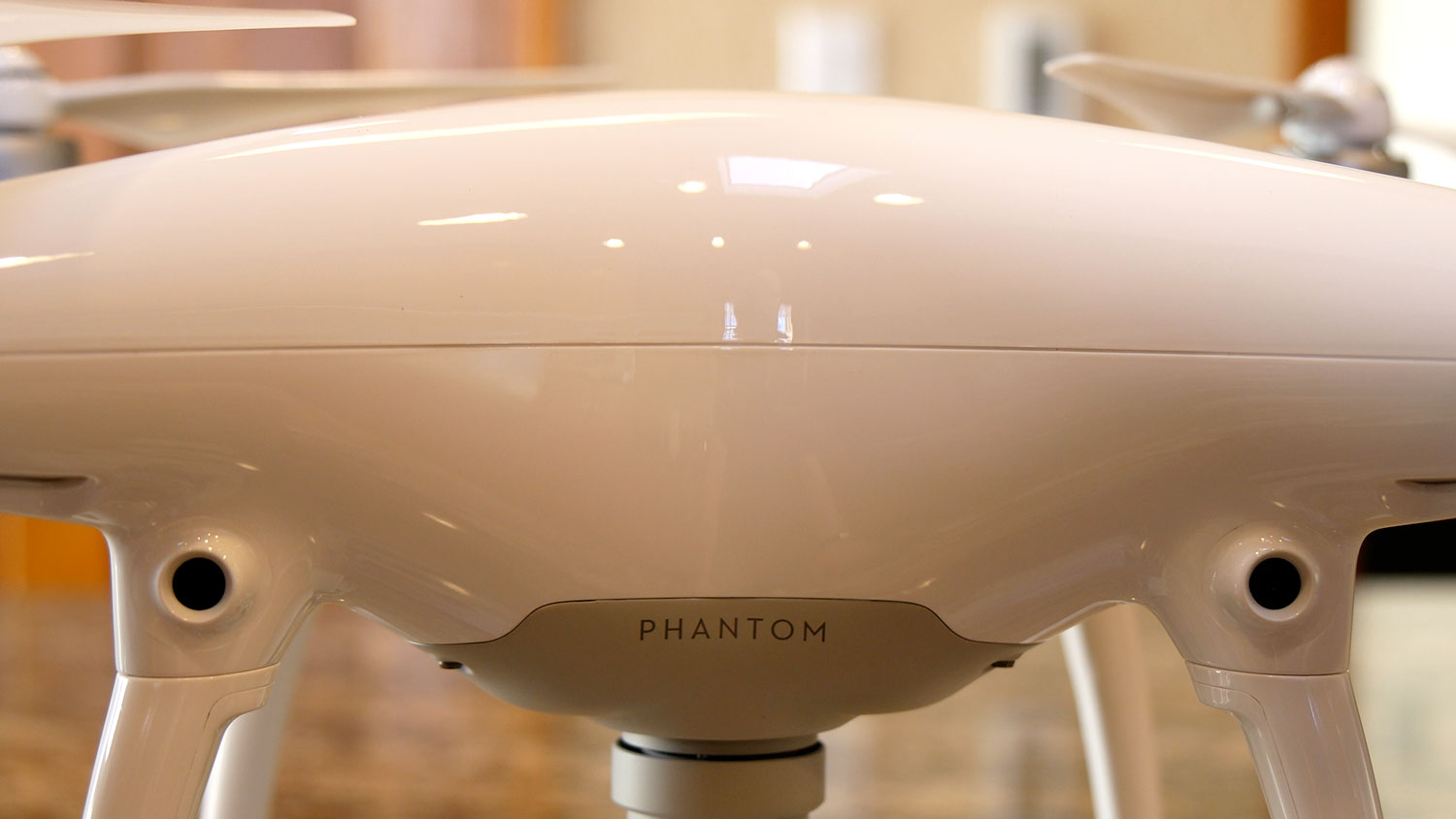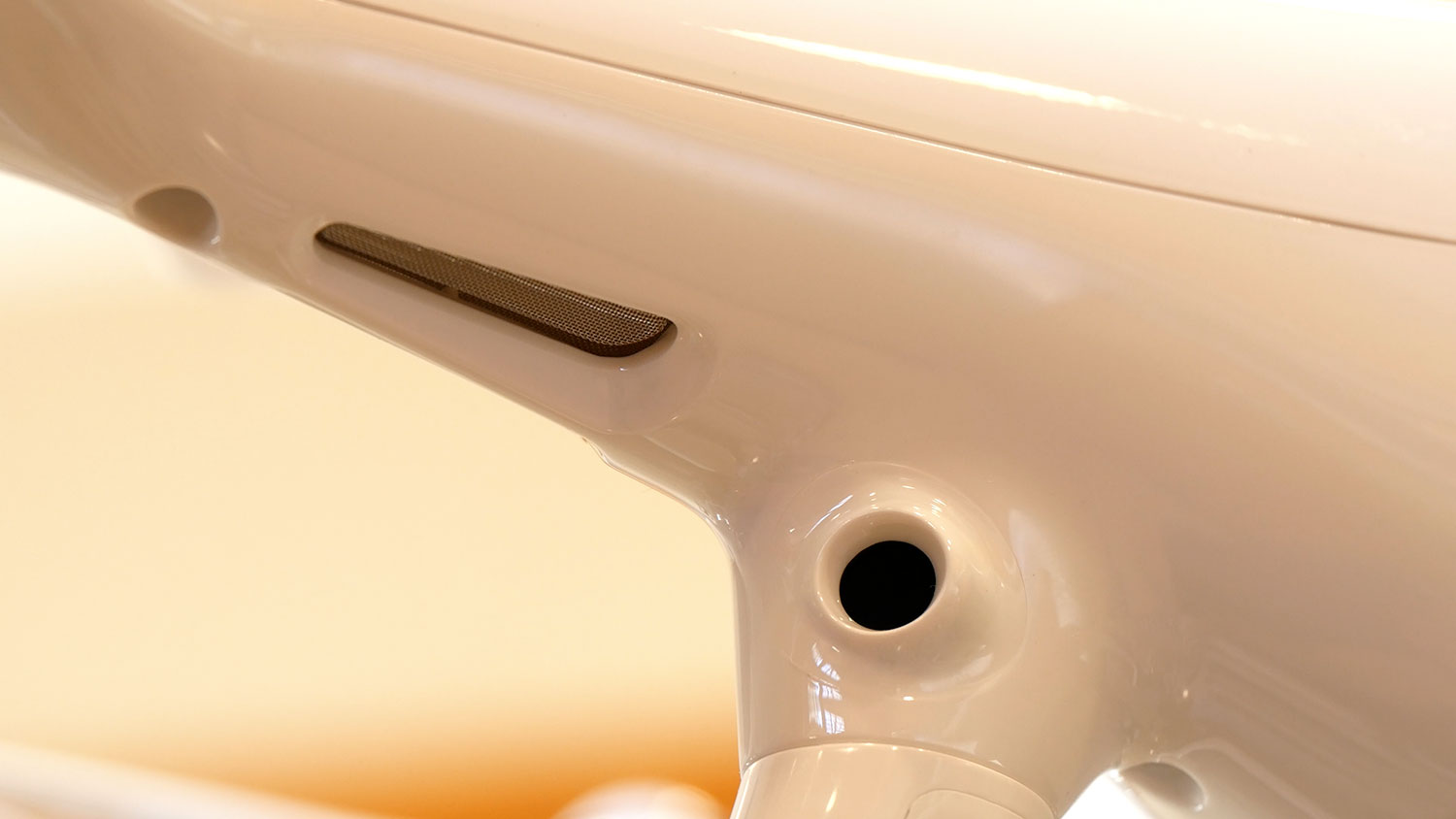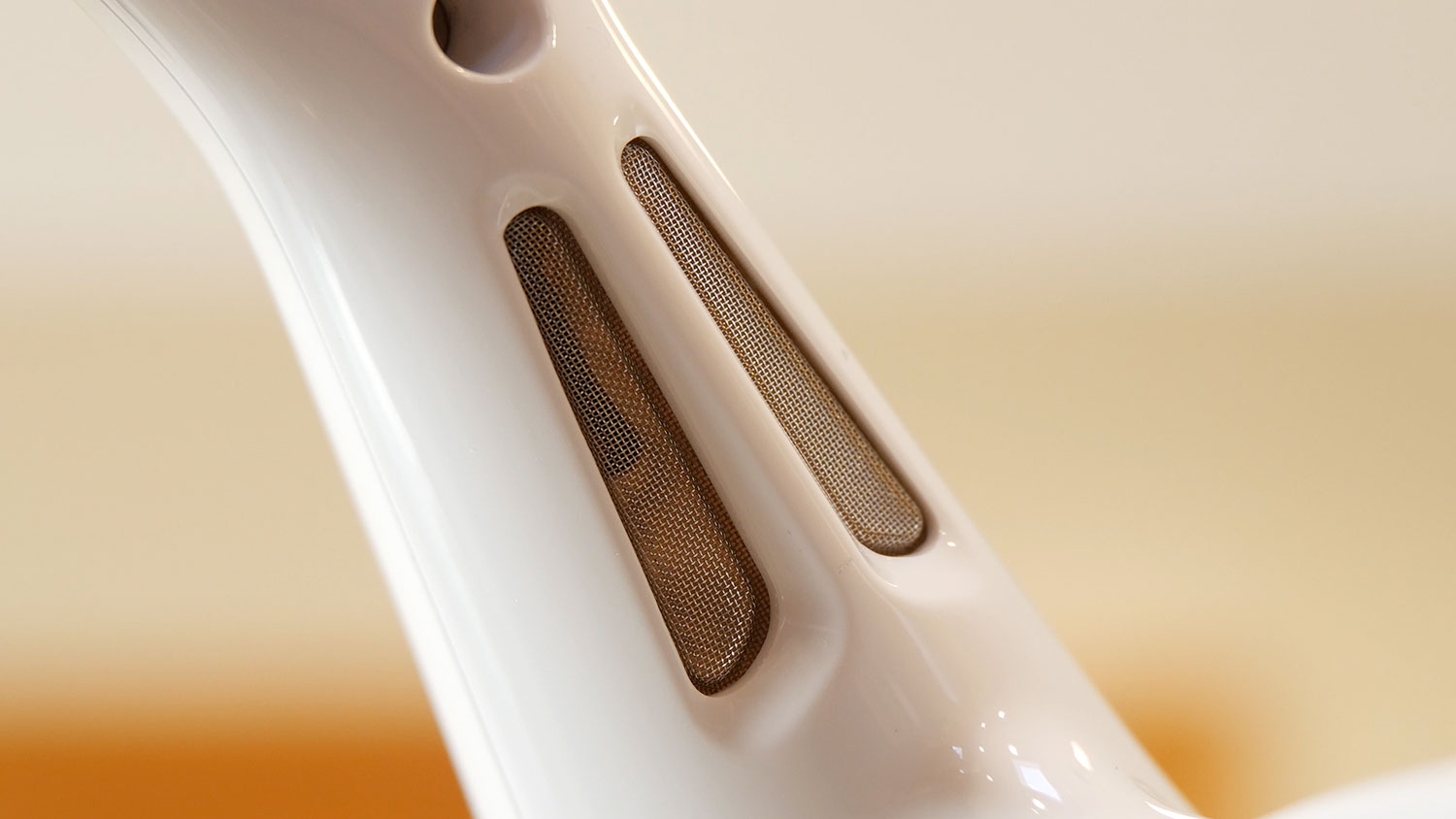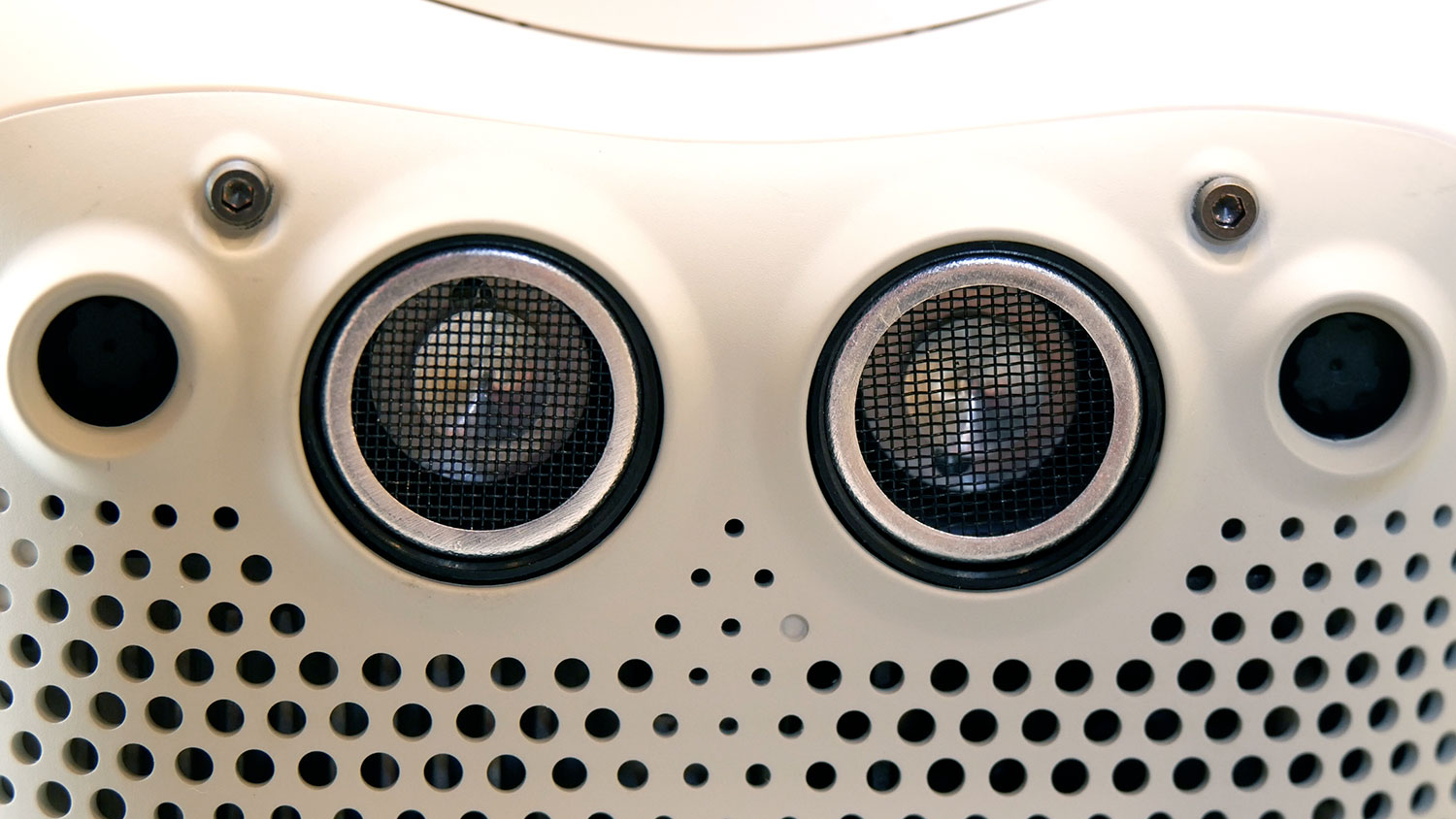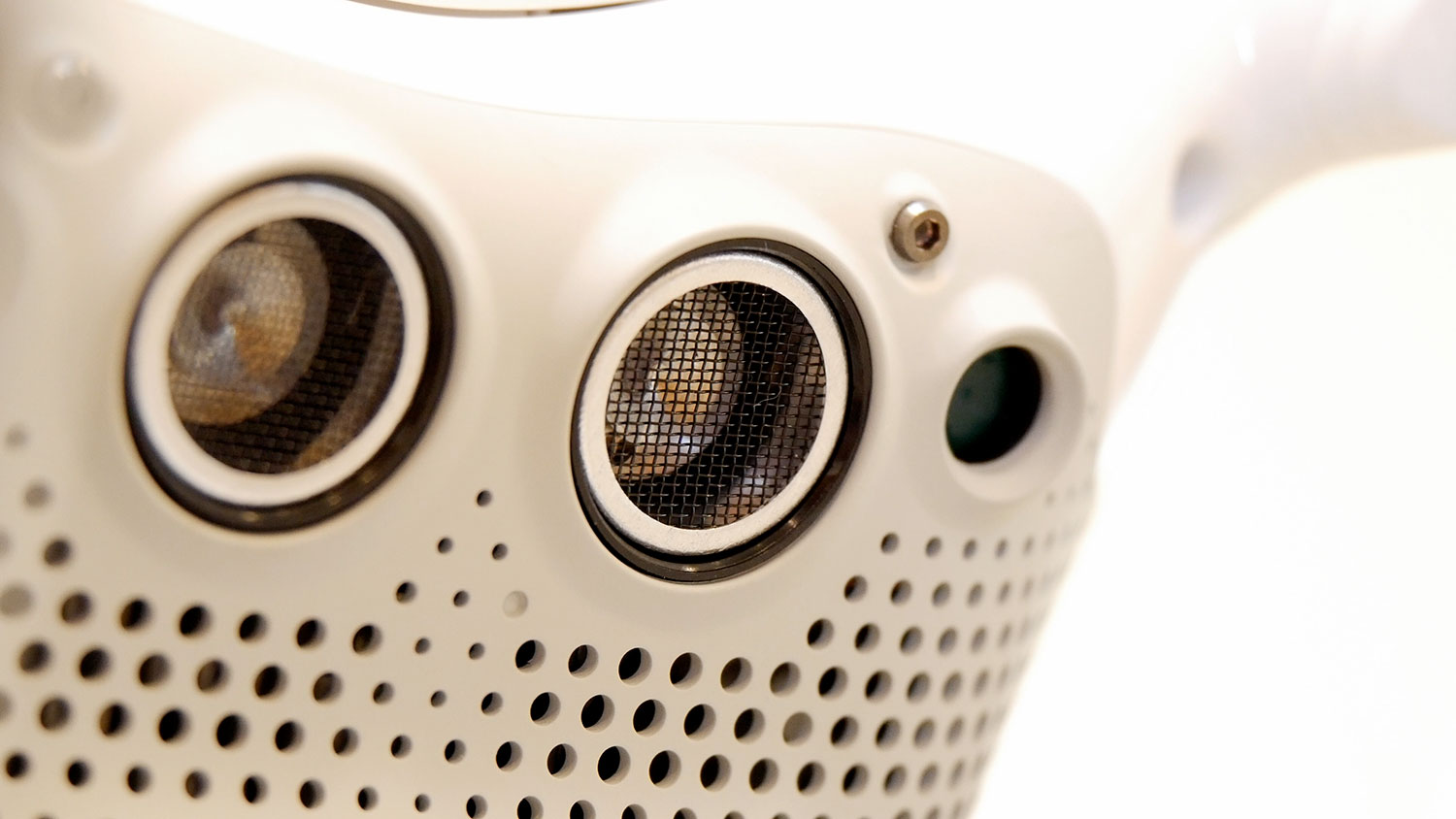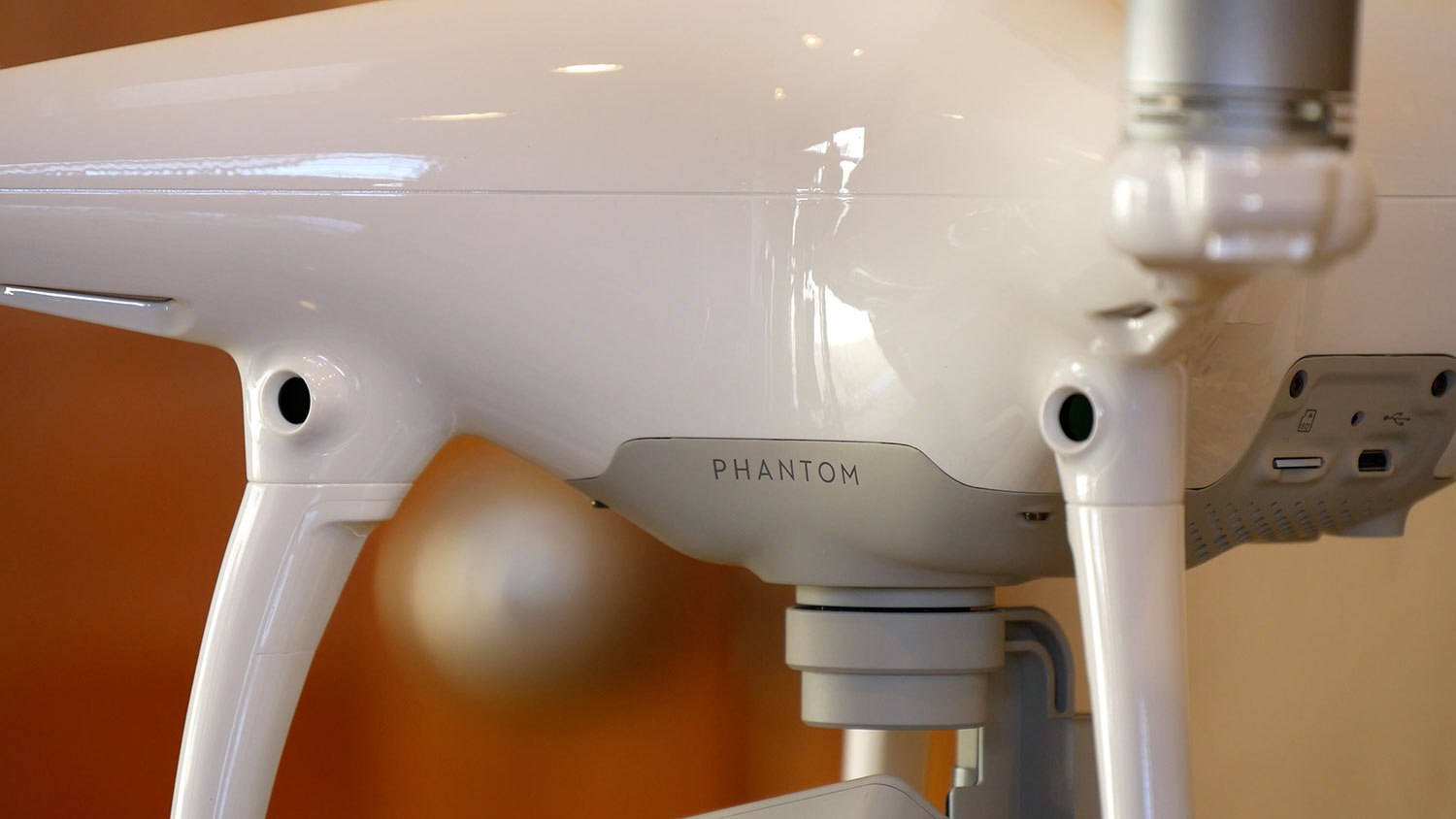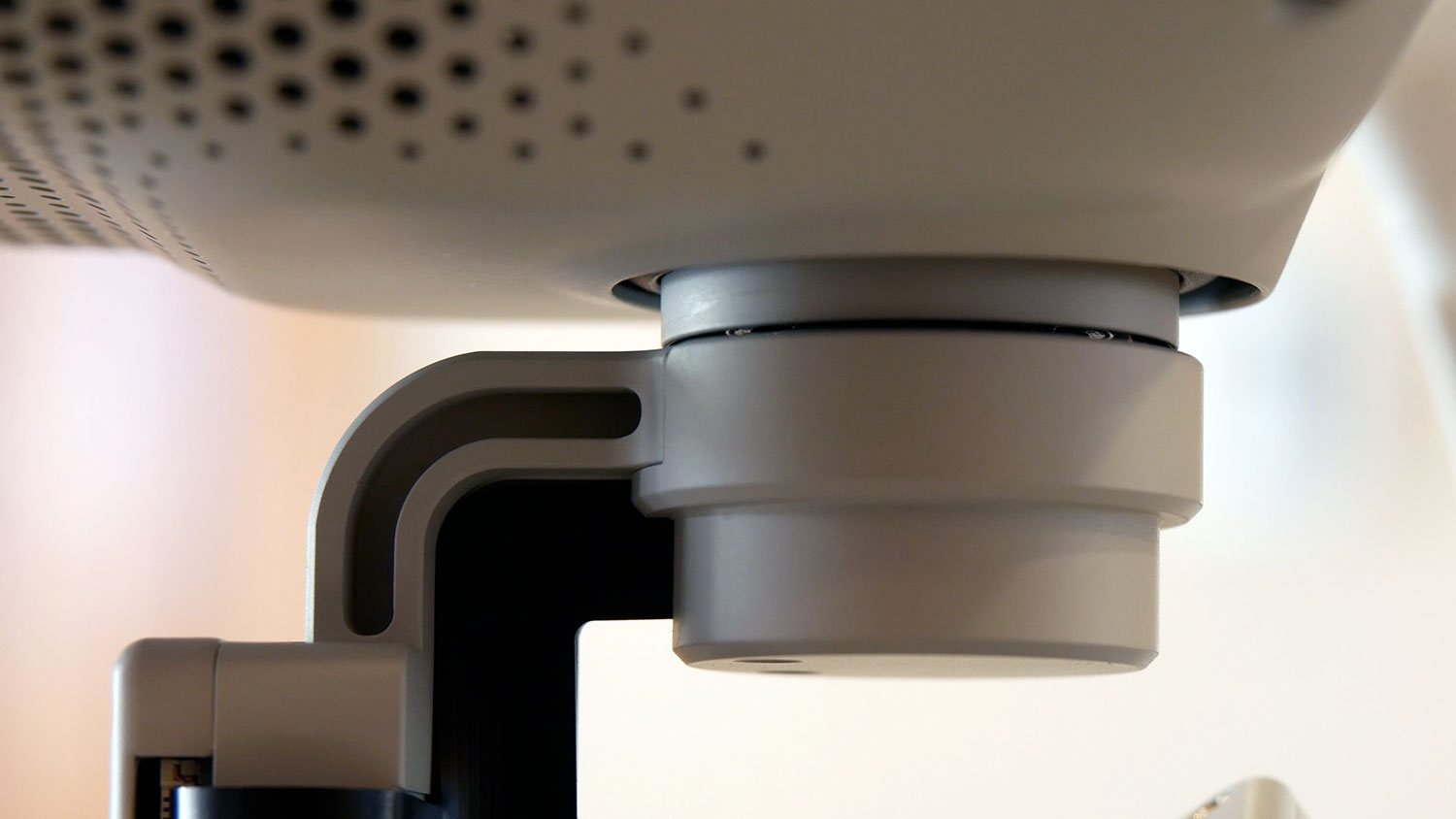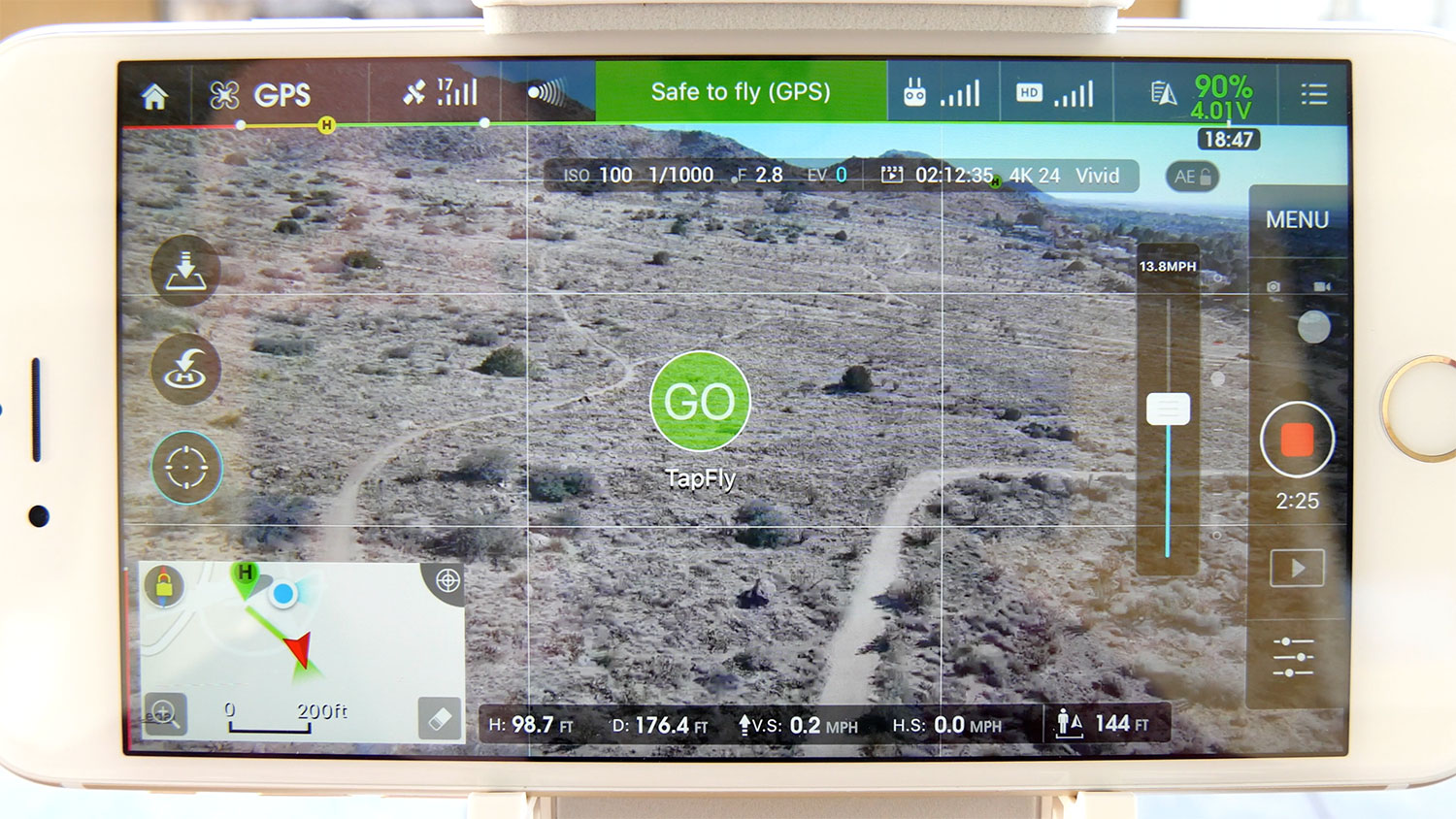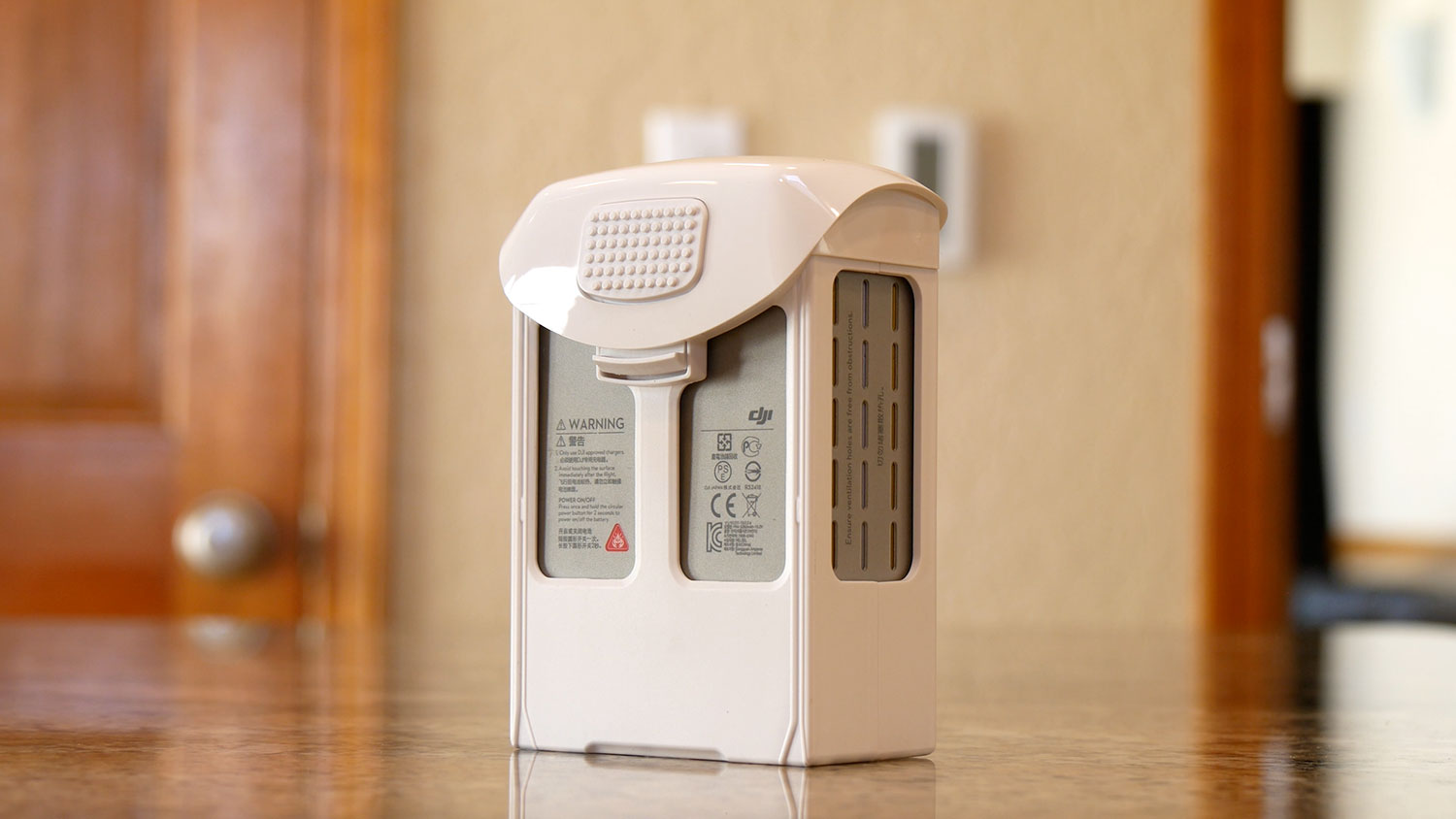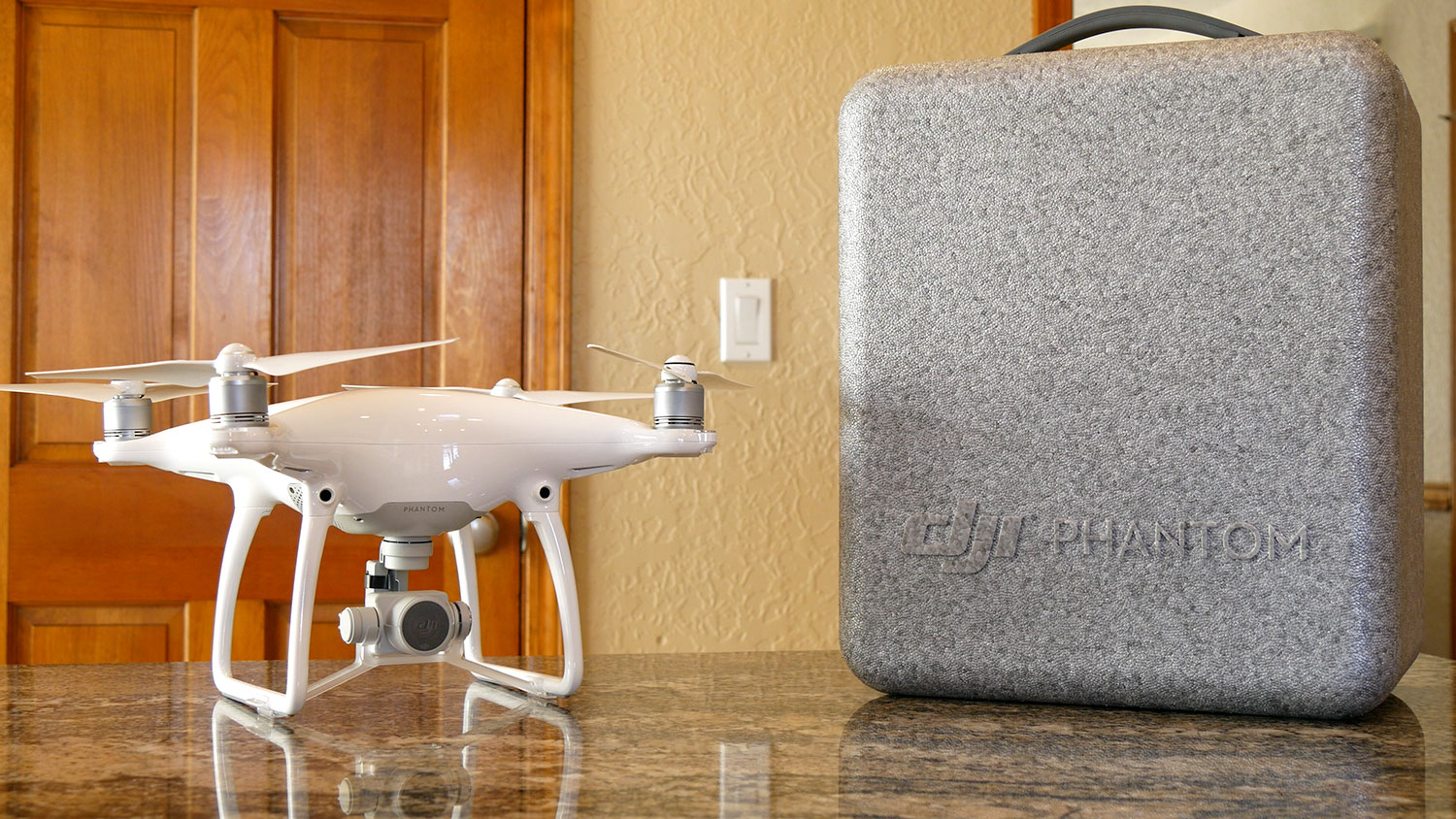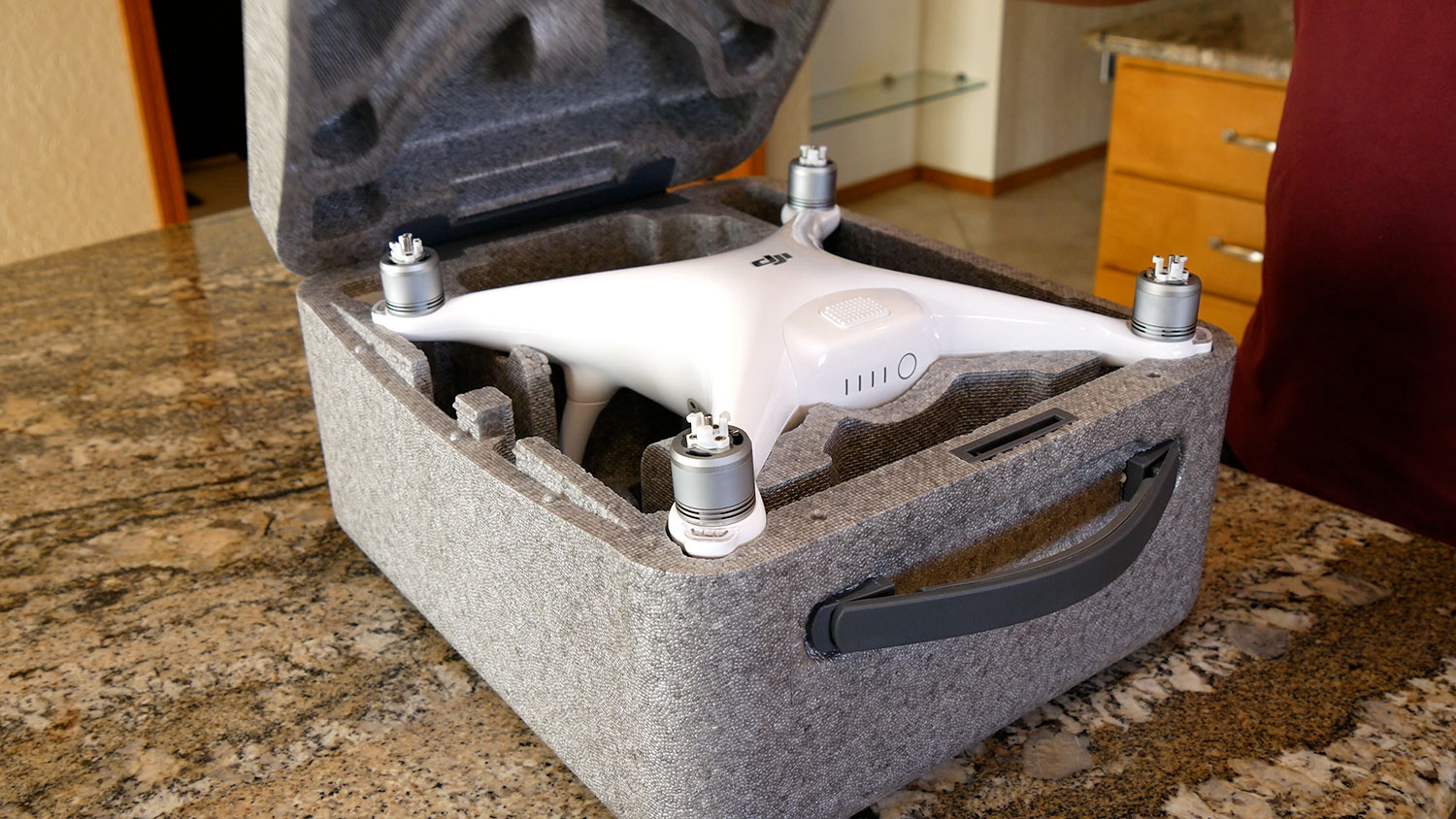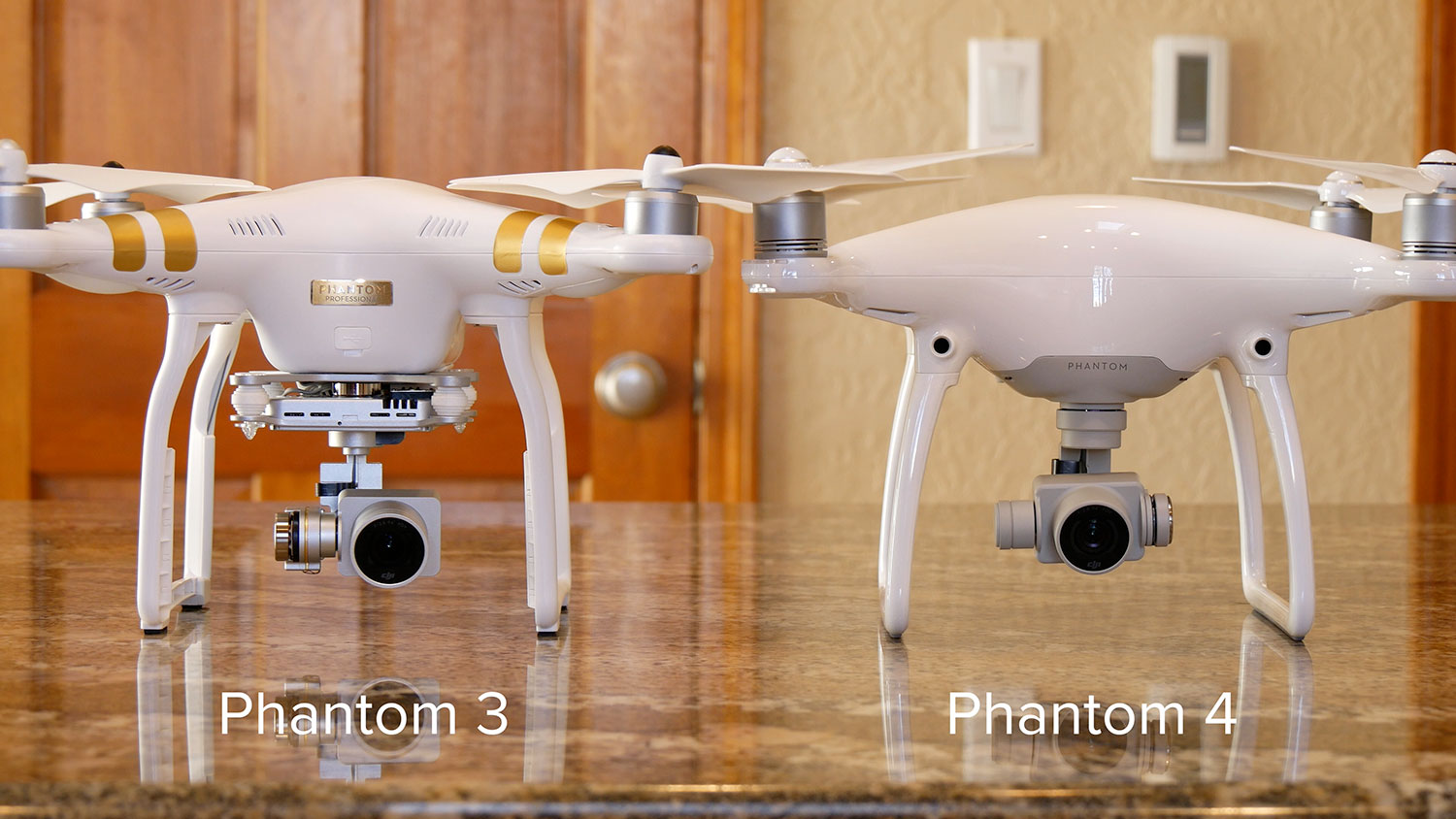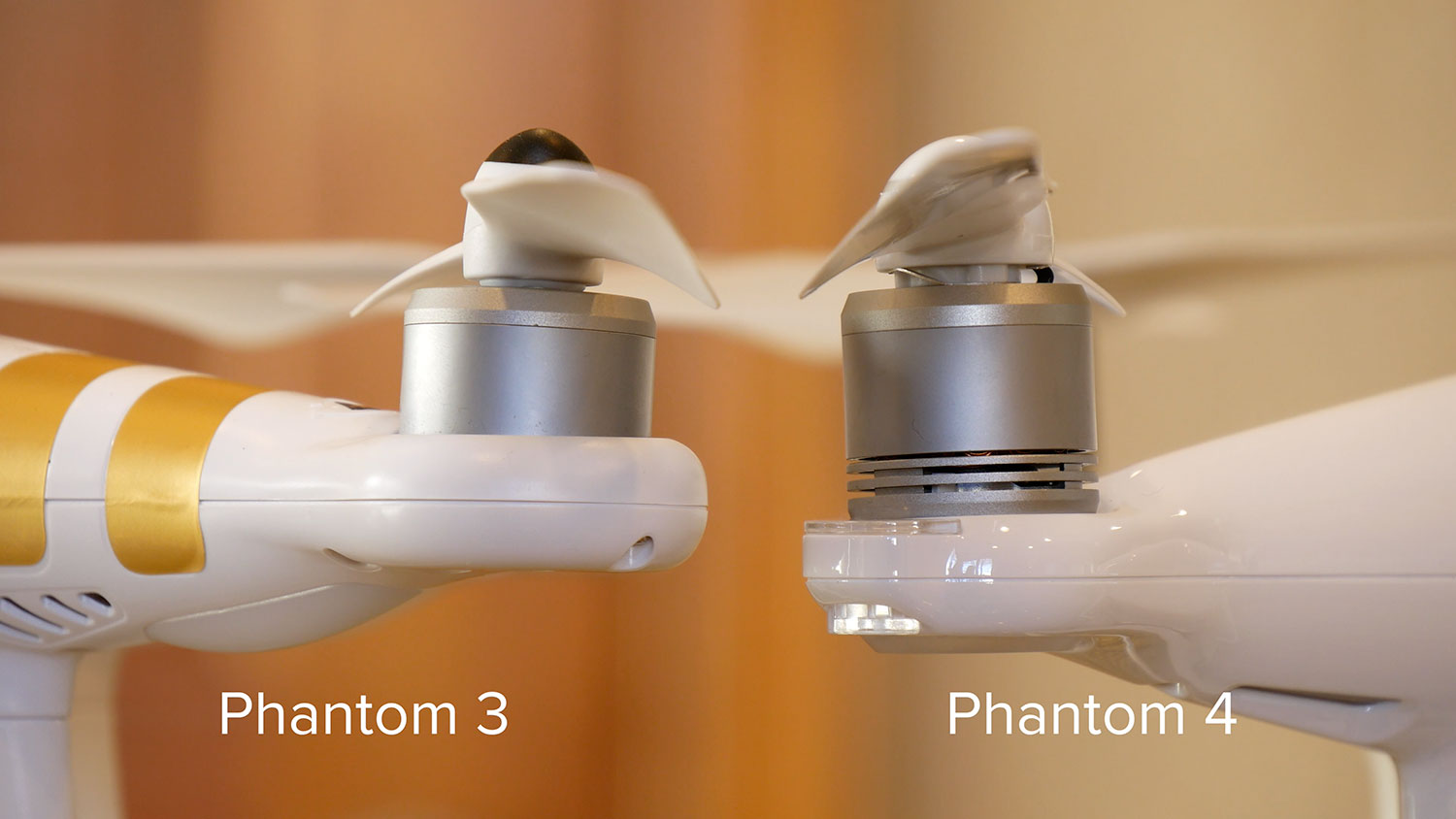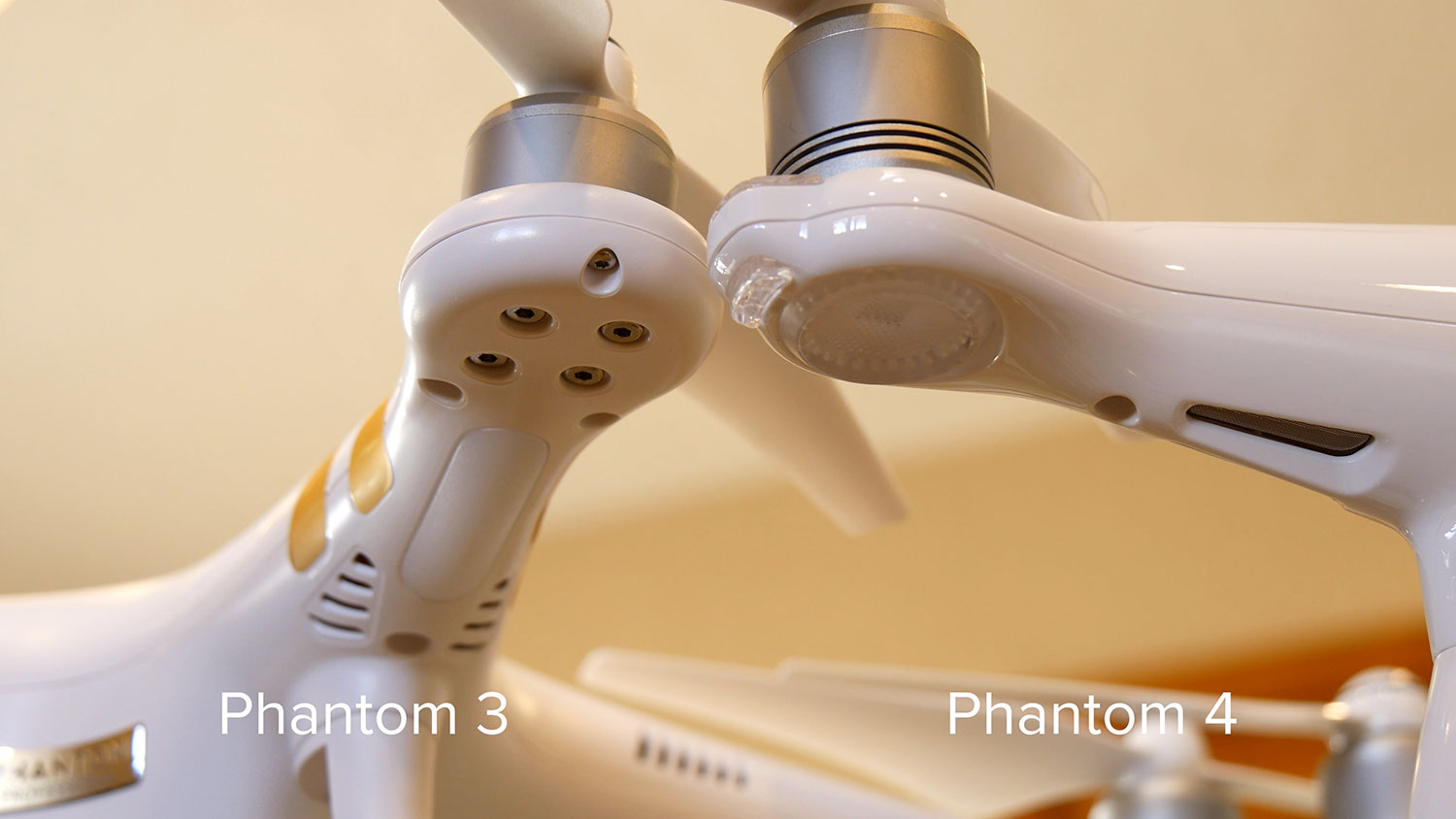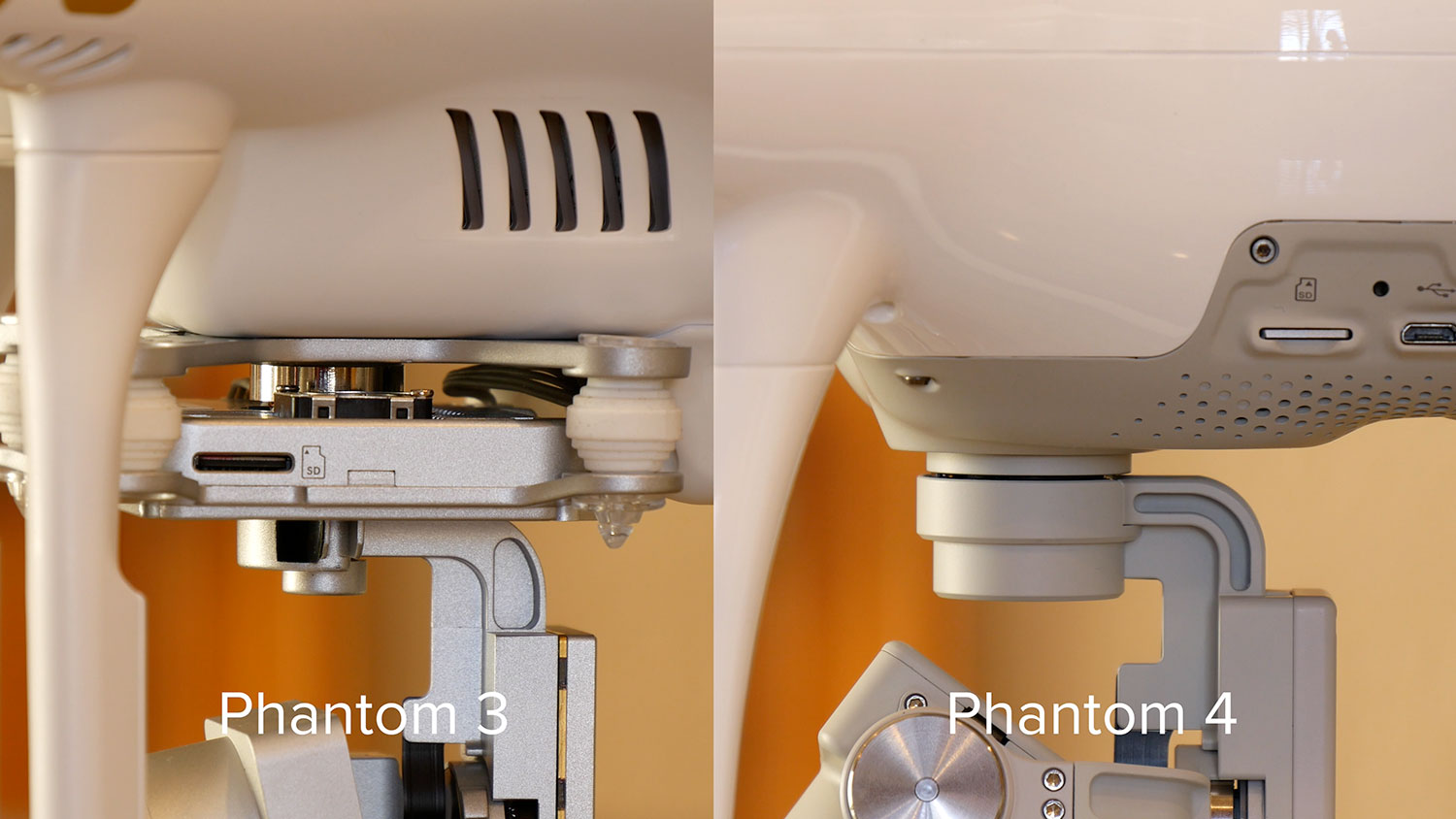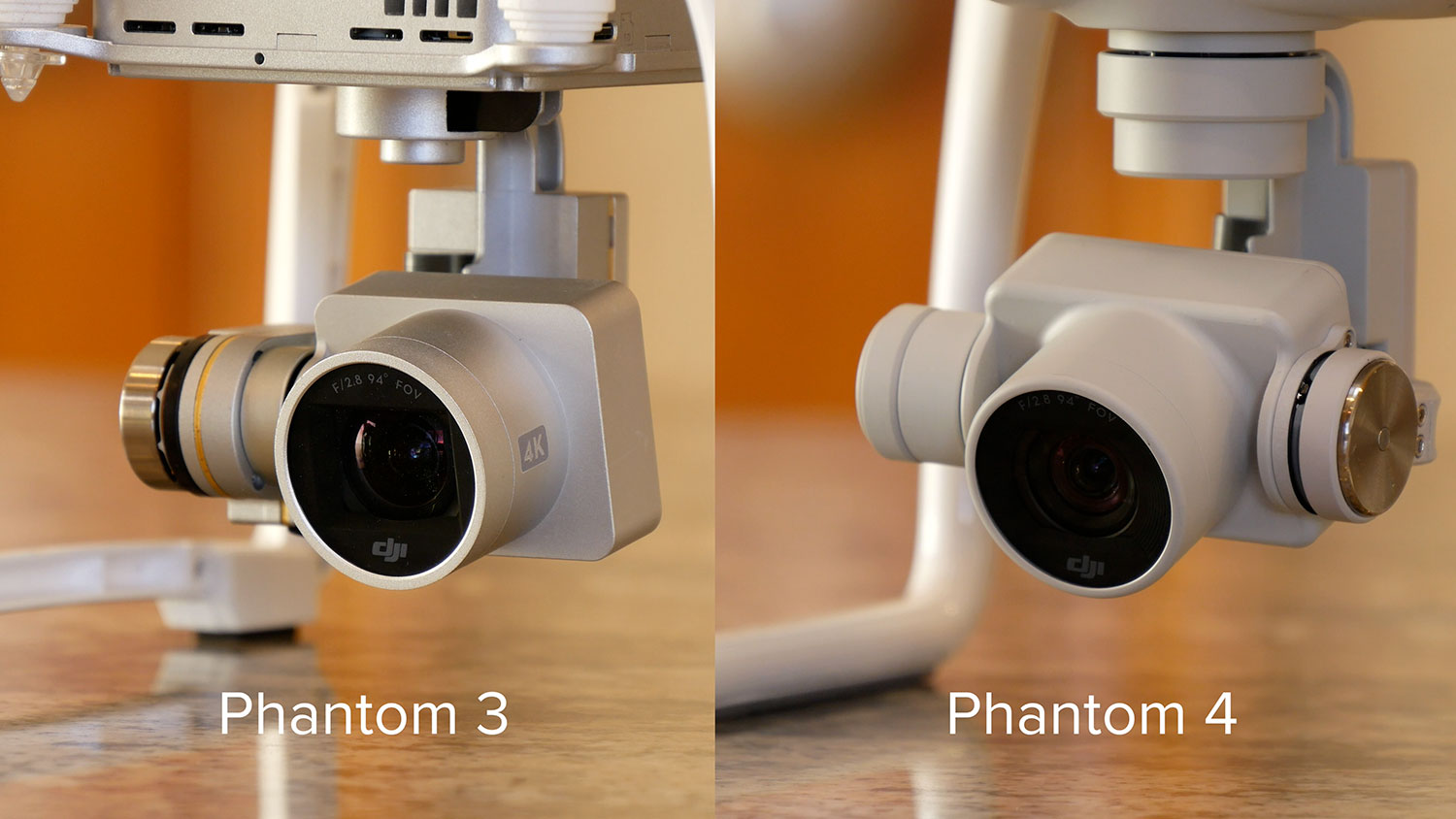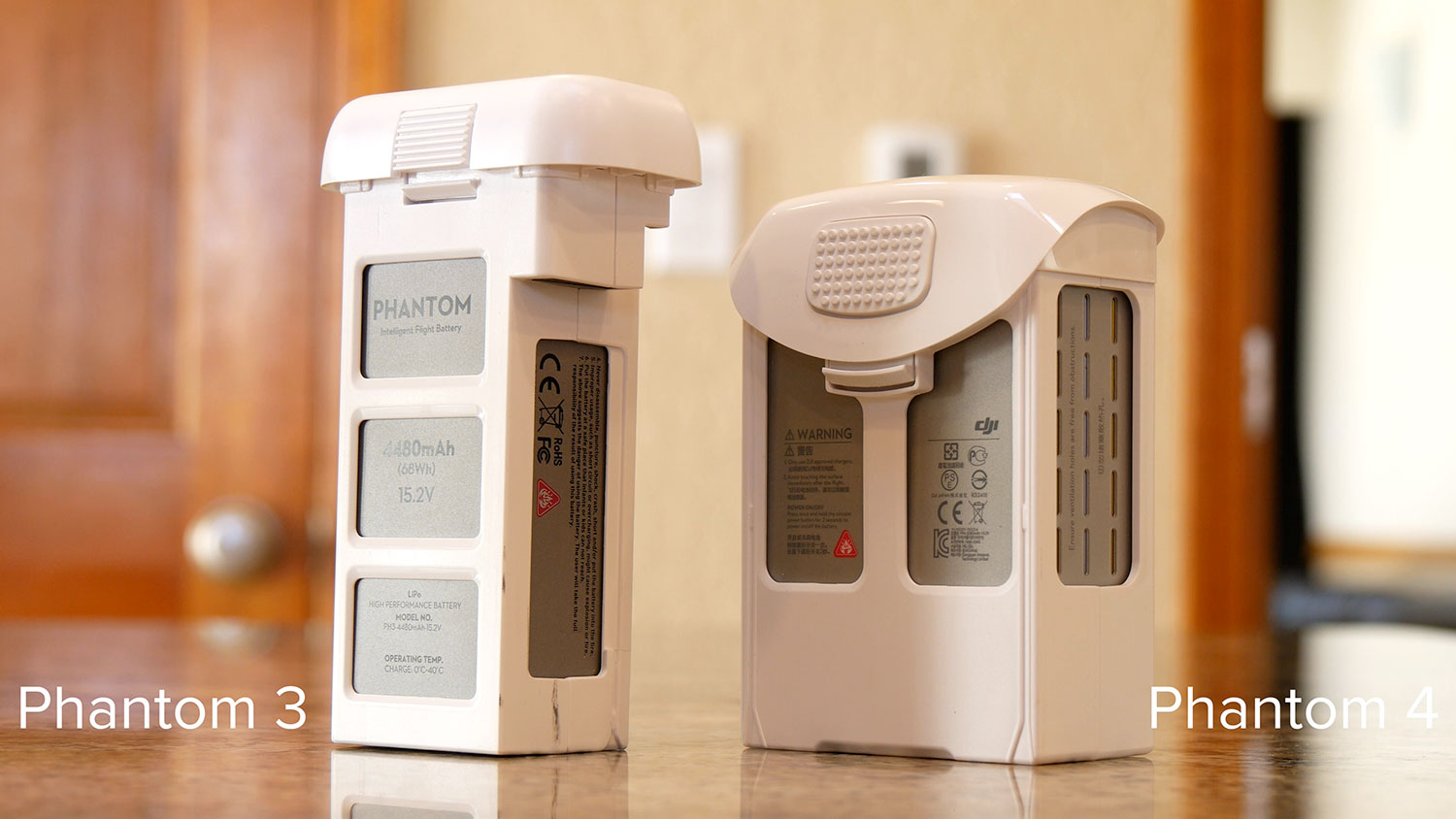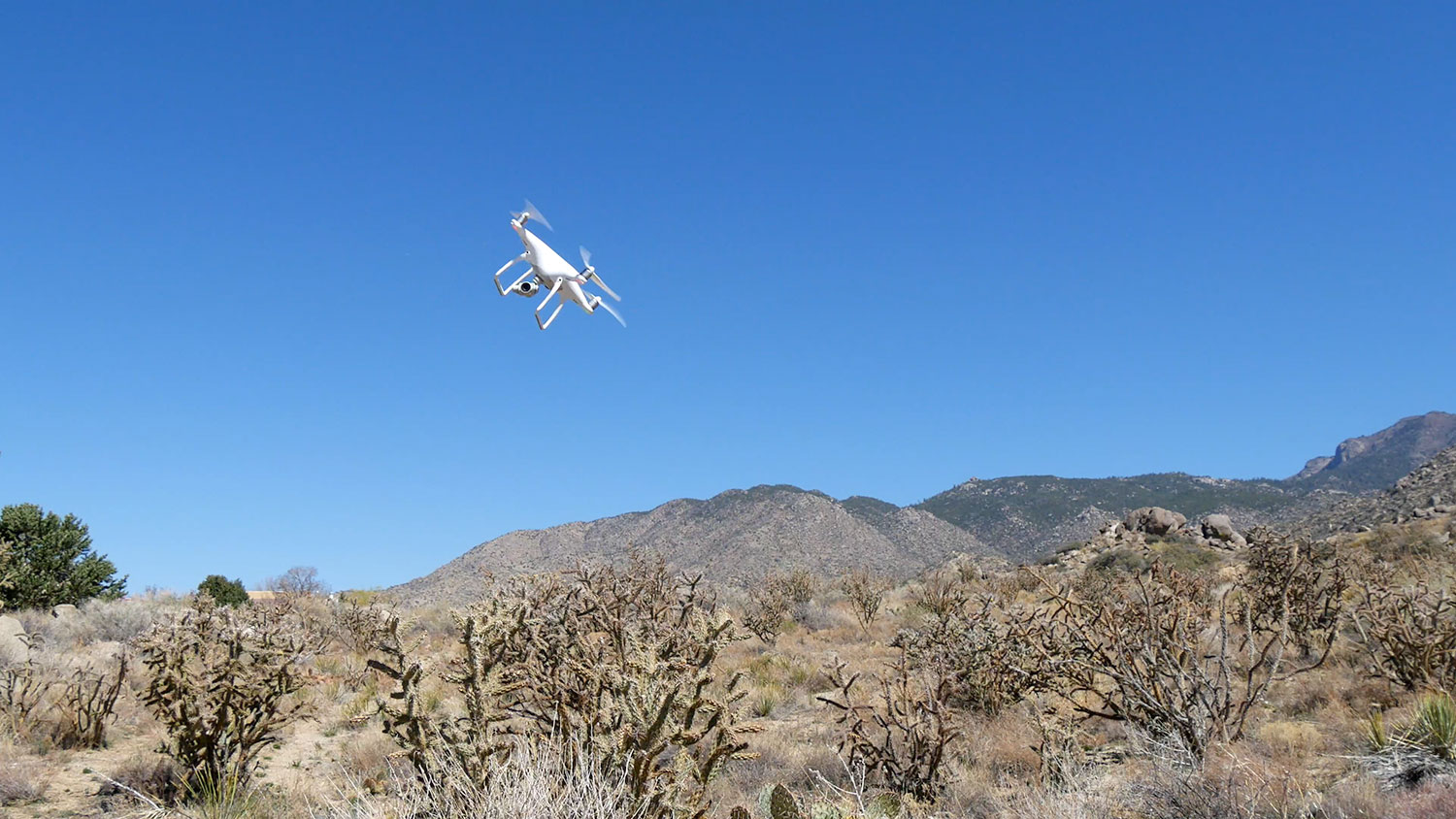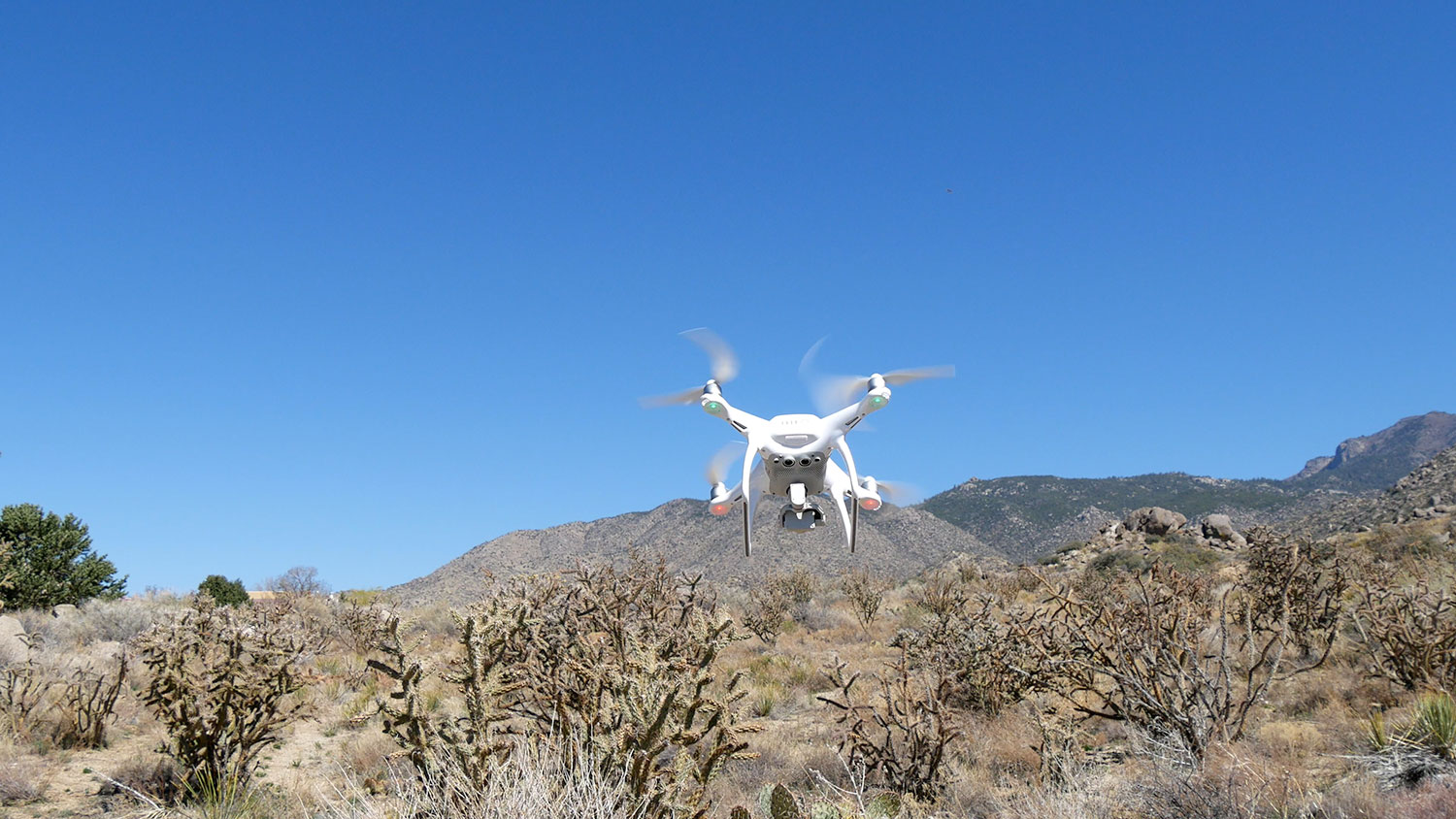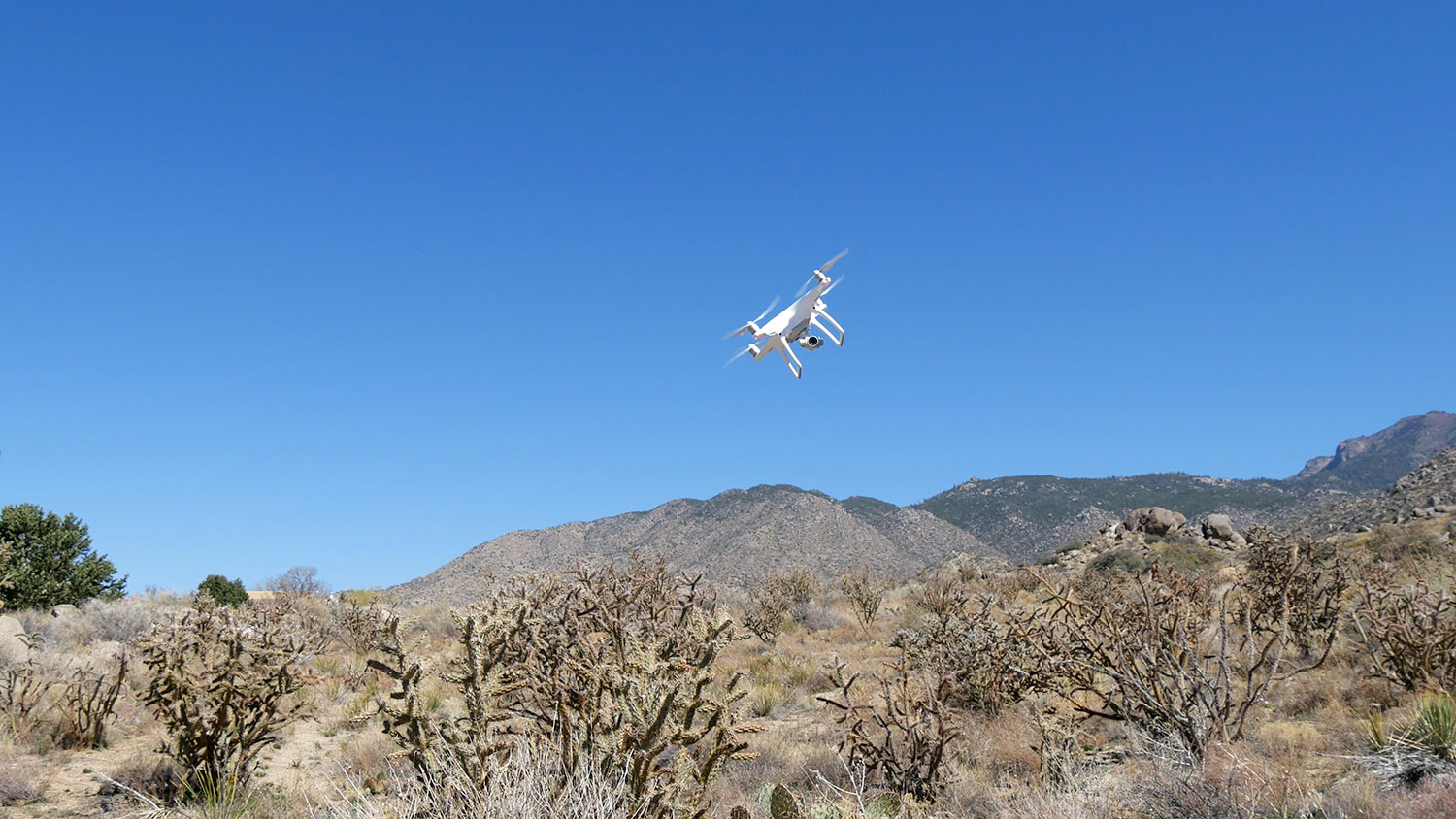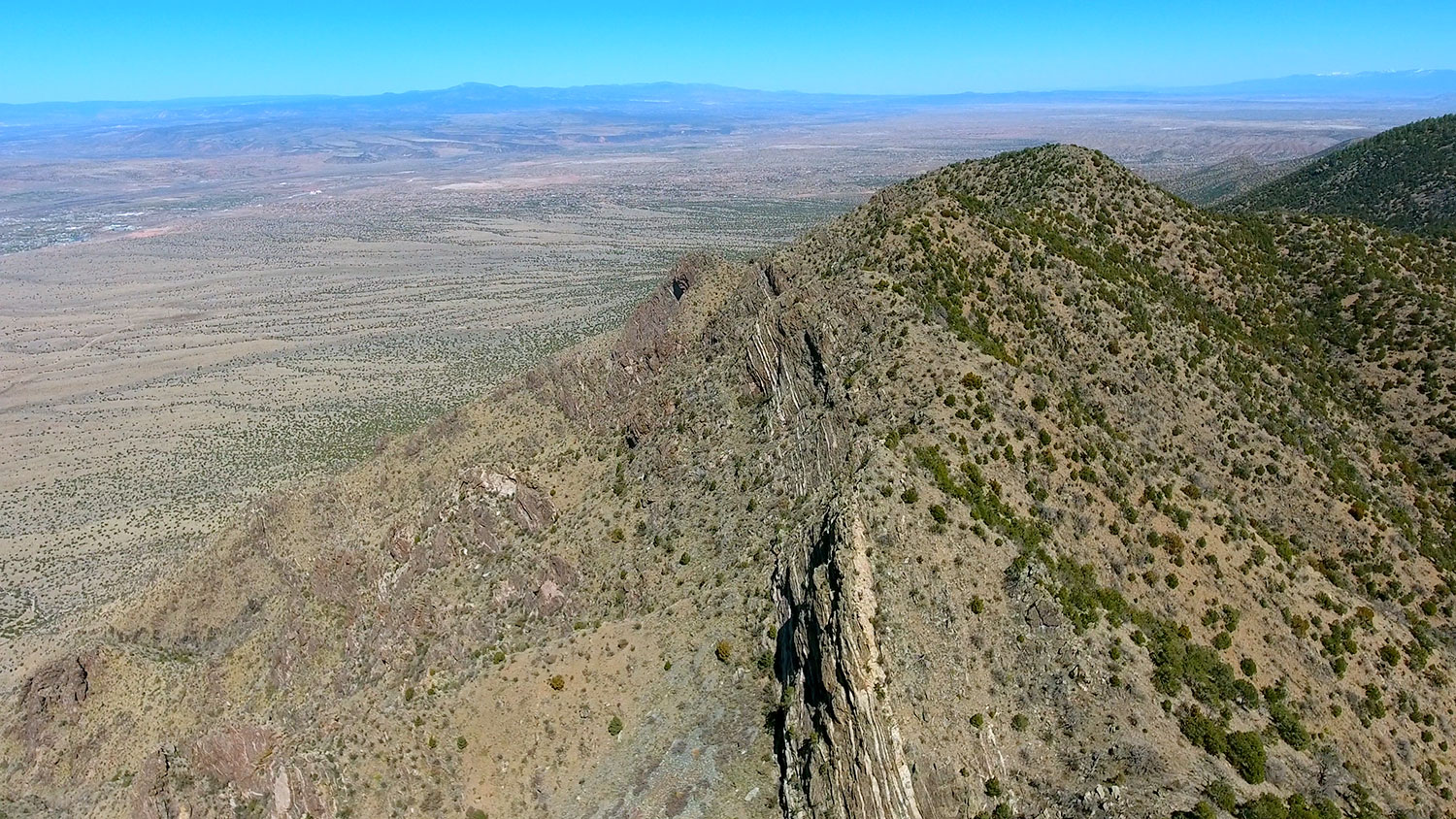DJI’s Phantom 4 has been completely redesigned from the ground up, and it’s now faster, nimbler, and even easier to fly. The two most novel features introduced are collision avoidance and ActiveTrack. Two front-facing cameras found in the landing gear, along with rear-facing cameras below, act to detect when an obstacle is in its way, and avoid the obstacle completely autonomously. And with ActiveTrack, just highlight the subject you want to follow and ActiveTrack will automatically and effortlessly follow the subject with collision avoidance on.
I was able to highlight my car with ActiveTrack in a mountainous area, and the Phantom 4 stayed on my tracks the entire time for an entire mile, all until I pulled over and took control. It works incredibly well, and is really fun to use.
The Phantom 4 also introduces Sport Mode, and which is completely ludicrous. Sport Mode allows the Phantom 4 to lean a full 45 degrees to achieve maximum speeds of 45 mph without wind assistance. It wasn’t uncommon for me to hit more than 60 mph during my flights with the wind behind my back. Sports Mode is loads of fun to use and transforms the Phantom 4 into an animal. GPS assistance is still enabled in Sports Mode, but because the Phantom 4 leans up to 45 degrees, collision avoidance is turned off.
Collision control adds a whole new element to introductory flying. Using two cameras in front and below, the Phantom 4 can intelligently detect when it is approaching an obstacle and needs to stop. In every instance I flew the Phantom 4 into harms way, collision control would alert me to its presence, and even stop me if I approached within 10 feet. Collision control in the Phantom 4 makes me feel much more confident while flying, especially in mountainous terrain, but I wouldn’t try to intentionally hit everything you see just to see if it works. Think of it more as insurance to help keep your drone safe.
Battery life improves upon from the Phantom 3 Pro and Inspire 1, but unfortunately at an average of 20 minutes I didn’t come close to the advertised 28 minutes. This is probably because I’m always flying throttle forward, and it’s hard to tell how DJI comes up with its metrics, but I never felt like my flights were too short. For instance, I was able to confidently fly close to two miles away and still return with power to spare.
The icing on the cake is the incredible 4K footage. The lens in the Phantom 4 has been redesigned to be sharper around the edges, reduce curvature effect, and also reduce chromatic aberration. The footage the Phantom 4 captures is simply incredible. The entire field of view is in focus, colors are accurate, and I have just as much fun reviewing my footage as I do flying the Phantom 4. I’ve flown 200 missions on the Inspire 1 with its stock Zenmuse X3 camera, and I feel the Phantom 4 actually produces better footage.
At $1,399, the Phantom 4 commands a slightly more premium price, but it is money well spent. All of DJI’s changes make the Phantom 4 feel more premium, and the new features, such as collision avoidance, ActiveTrack, and sport mode, blew away my expectations right out of the box. I’m happy to say the Phantom 4 is improved all around from its predecessors and keeps DJI among the beset quadcopters you’ll find.
Editors' Recommendations
- Parrot’s 4G-connected Anafi Ai drone is the Google Maps car of the skies
- B4UFLY app for drone pilots gets overhaul, so it should actually work now
- DJI tries to debunk rumors that Phantom drones are discontinued
